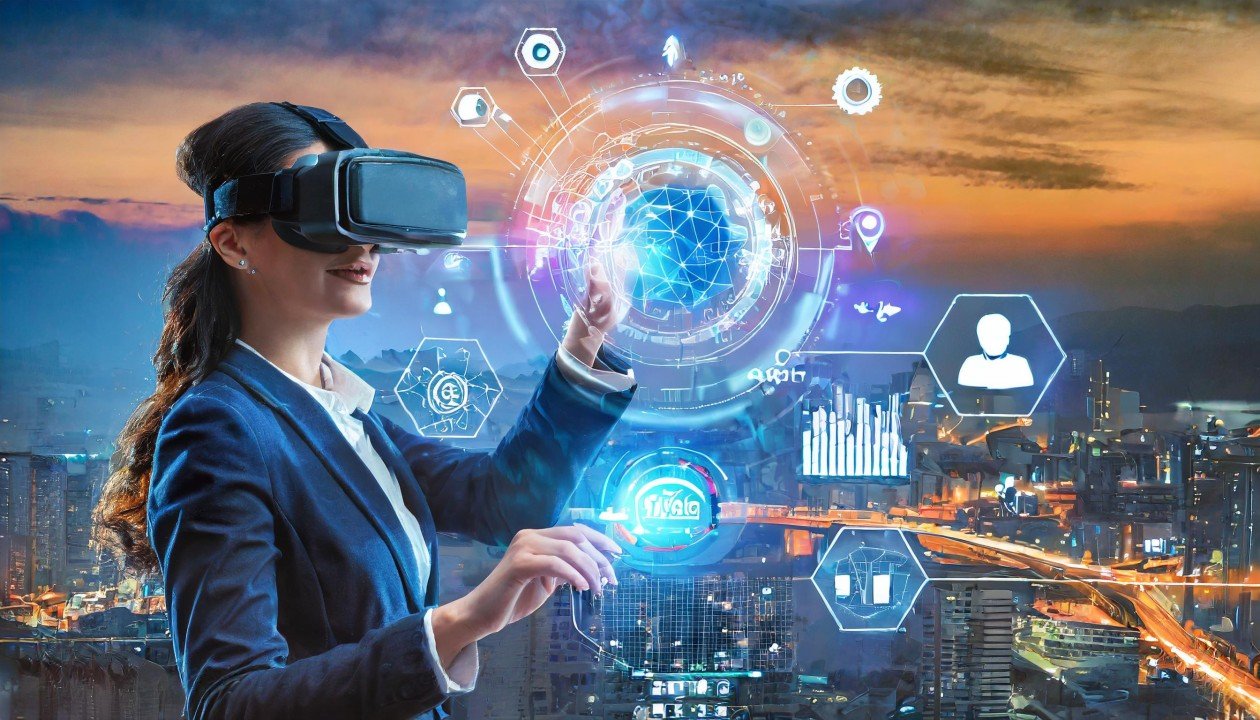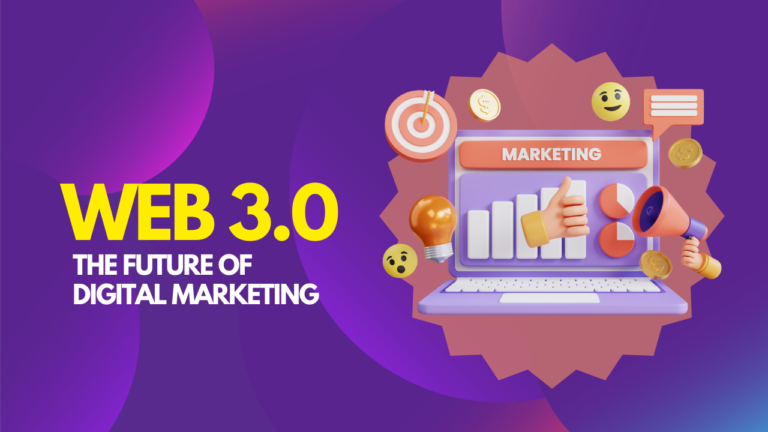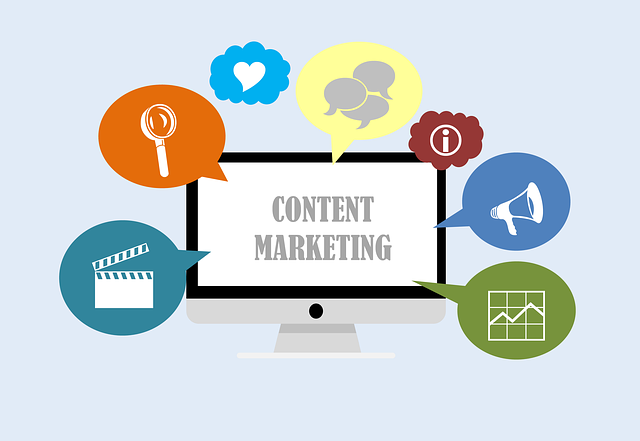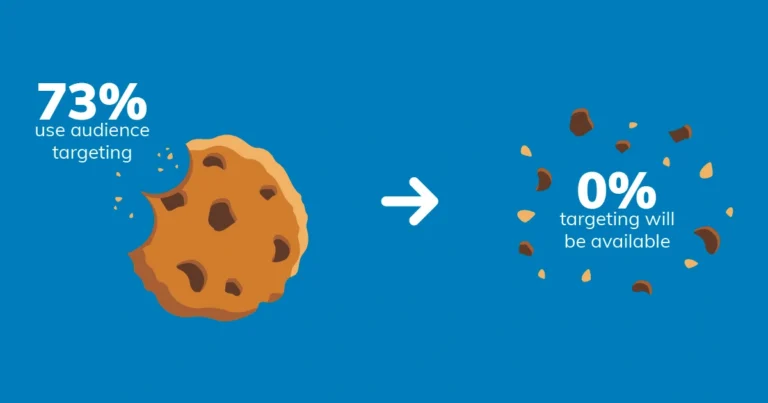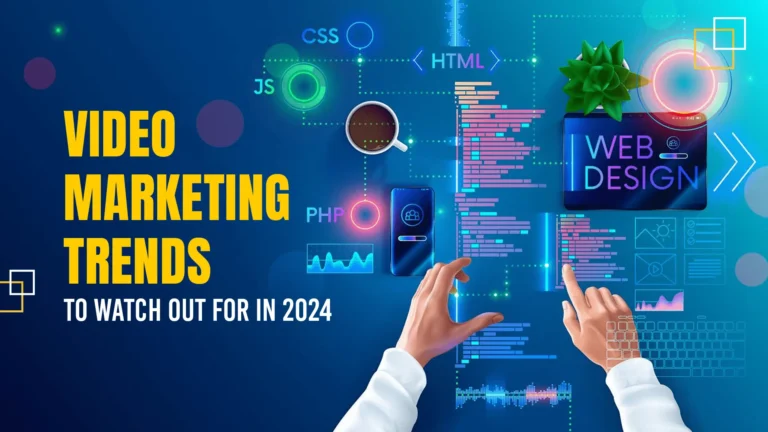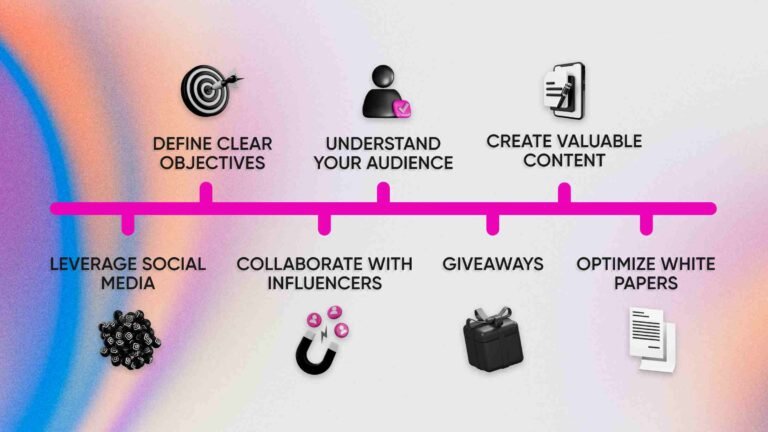Augmented Reality AR and Virtual Reality VR Marketing: The Ultimate Guide for 2025
Augmented Reality AR and Virtual Reality VR Marketing in technologies are reshaping the future of marketing, providing businesses with innovative tools to engage customers. Expected to be widely adopted by 2025, AR and VR offer immersive, interactive experiences that captivate audiences and encourage strong brand loyalty. From virtual try-ons in eCommerce to interactive property tours in real estate, these tools allow consumers to explore, engage, and even test products from the comfort of their homes.
In this in-depth guide, we’ll examine the impact of AR and VR in marketing, their benefits, industries leading the way, case studies, practical implementation strategies, and metrics for success, providing everything you need to incorporate AR and VR into your marketing strategy.
Understanding Augmented Reality (AR) and Virtual Reality (VR)
What is Augmented Reality (AR)?
Augmented Reality (AR) is a technology that overlays digital images, sounds, or effects onto the real world. This allows users to view enhanced versions of their environment through devices like smartphones or AR glasses. AR has become popular in marketing for its ability to let customers virtually “try” products or preview services, bridging the gap between online and physical shopping.
What is Virtual Reality (VR)?
Virtual Reality (VR) creates a fully immersive experience where users enter a simulated environment, typically through VR headsets like Oculus Rift or HTC Vive. In marketing, VR is used for product simulations, virtual tours, and interactive experiences, which allow customers to interact with a brand’s offerings in a controlled, lifelike setting.
Key Differences Between AR and VR in Marketing
| Feature | Augmented Reality (AR) | Virtual Reality (VR) |
|---|---|---|
| Environment | Real world enhanced by digital elements | Fully simulated, separate digital world |
| Access Devices | Smartphone, AR glasses | VR headset |
| Typical Use Cases | eCommerce try-ons, interactive ads, product previews | Virtual tours, immersive branding, training |
| User Experience | Blends digital and physical spaces | Fully immersive and transportive |
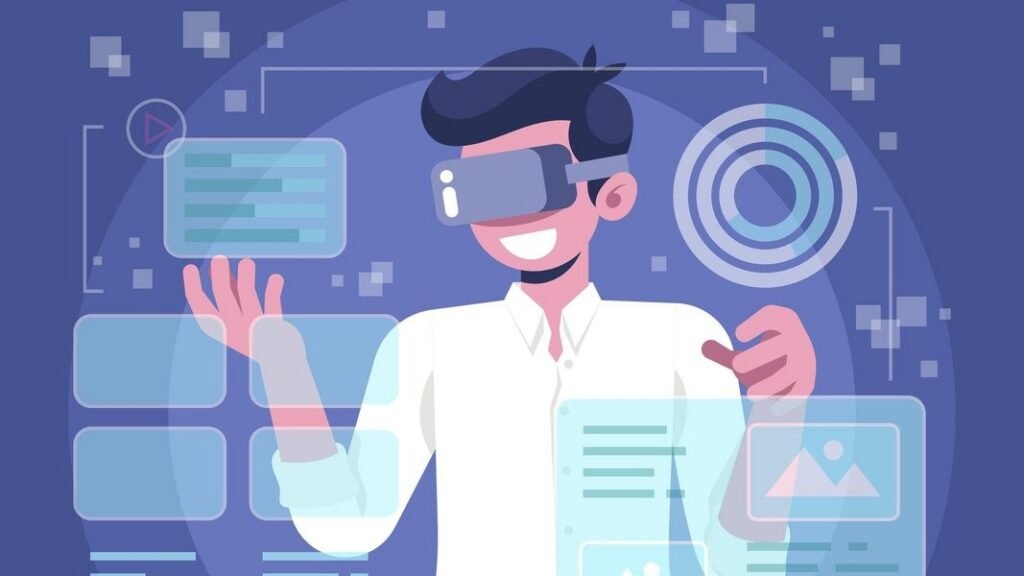
Benefits of AR and VR in Marketing
- Enhanced Customer Engagement: AR and VR offer memorable, interactive experiences that draw customers in. These technologies allow brands to create compelling stories that deepen emotional connections, transforming passive consumers into active participants.
- Higher Conversion Rates: “Try-before-you-buy” AR tools give customers confidence by showing how products fit in their own spaces or how they’ll look wearing an item. This sense of certainty increases conversions, as customers feel assured in their choices.
- Lower Return Rates: The accurate visualization AR and VR provide helps customers make better purchasing decisions, leading to fewer returns—especially valuable in fashion, furniture, and home improvement sectors.
- Brand Differentiation and Competitive Advantage: Companies that adopt AR and VR stand out in a crowded market, signaling innovation and a commitment to a superior customer experience.
- Detailed Data and Insights: AR and VR technologies offer detailed analytics on user interactions, revealing insights into customer preferences and behavior patterns, which can inform future marketing strategies.
Predictions for AR and VR Marketing by 2025
By 2025, AR and VR are anticipated to be common in the digital marketing landscape. Here’s what we can expect:
- Mainstream Adoption Across Multiple Industries: As costs decrease and technology becomes more accessible, AR and VR will likely become standard in industries like retail, education, healthcare, and real estate.
- Enhanced Personalization via AI: Integration of artificial intelligence with AR and VR will allow brands to provide personalized customer experiences. AI-powered AR/VR applications will offer tailored product recommendations, creating highly individualized marketing.
- 5G-Enhanced Experiences: With 5G networks providing faster data speeds, AR and VR experiences will become smoother, more responsive, and more accessible, especially on mobile devices. Consumers will enjoy higher-quality visuals and faster load times, enhancing mobile AR experiences.
- Augmented Social Media Marketing: Social media platforms are integrating AR capabilities into their ad formats, allowing brands to reach wider audiences with engaging, interactive campaigns. Snapchat and Instagram already offer AR ads, and more platforms are expected to follow.
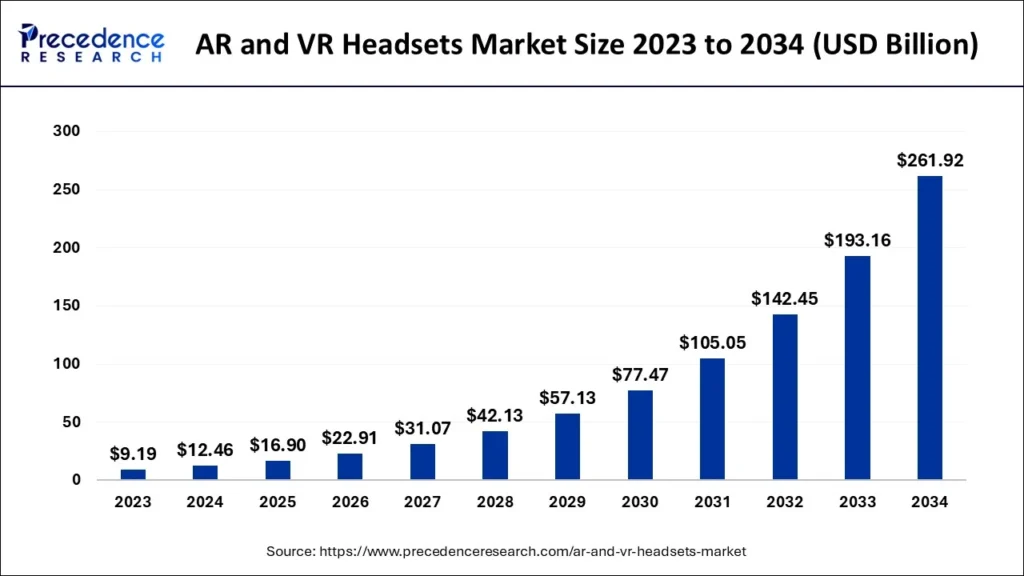
Industries Revolutionized by AR and VR Marketing
eCommerce: Virtual Try-Ons and Enhanced Shopping
In eCommerce, AR and VR are reshaping how consumers interact with products. From trying on makeup to visualizing furniture in their homes, these technologies allow consumers to make informed choices before purchasing.
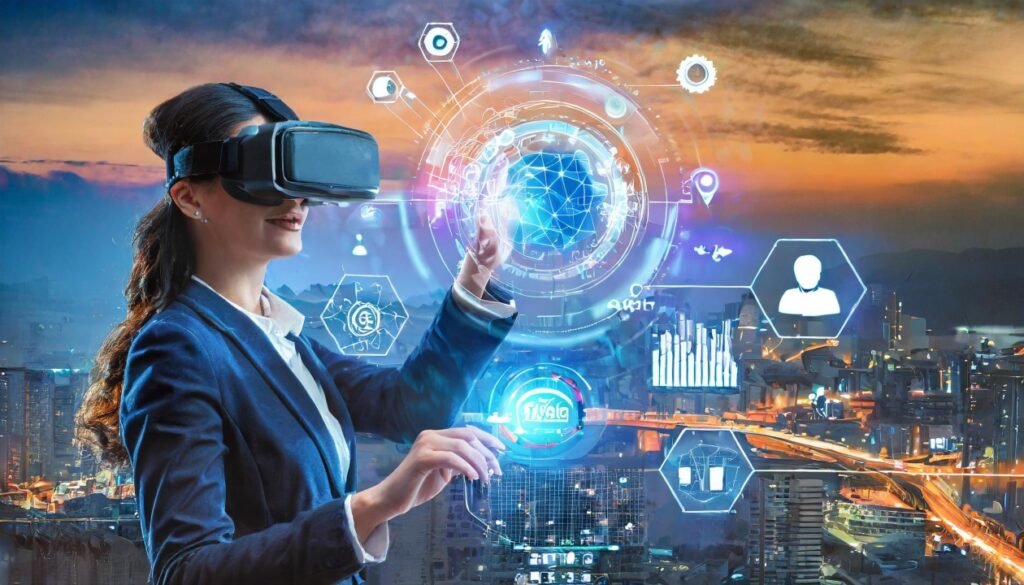
| Feature | Benefits |
|---|---|
| Virtual Try-Ons | Customers can test products virtually, reducing uncertainty |
| In-Home Product Views | Provides a realistic view of products in customers’ spaces |
| Interactive Shopping | Enhances online shopping by offering a “hands-on” experience |
Example: Sephora Virtual Artist
Overview: Sephora’s Virtual Artist app allows customers to try on makeup virtually, using AR to overlay various products onto the user’s face in real time.
Impact: Increased customer engagement and a boost in online conversions, as customers feel confident choosing products that match their personal style.
Real Estate: Immersive Virtual Property Tours
VR has transformed real estate by allowing potential buyers to tour properties remotely. With platforms like Matterport, agents can create 3D tours of homes, enabling clients to explore properties in detail.
| Real Estate Use | Advantages |
|---|---|
| Virtual Property Tours | Allows clients to explore properties from any location |
| 3D Staging | Showcases fully furnished environments virtually |
| Global Buyer Access | Makes properties accessible to international buyers |
Example: Matterport in Real Estate
Overview: Matterport creates lifelike, 3D digital twins of properties, making it easy for prospective buyers to take virtual tours. This saves time for buyers and agents alike.
Impact: Broadened access for remote and international clients, higher engagement from potential buyers, and streamlined property tours.
Automotive: Virtual Test Drives and Immersive Dealerships
Automotive brands are adopting VR to allow customers to take virtual test drives, giving them a realistic feel of a car’s interior and features. This technology helps potential buyers understand a car’s layout and specifications without visiting a dealership.
| Automotive Use | Advantages |
|---|---|
| Virtual Test Drives | Allows customers to experience cars remotely |
| Enhanced Showroom Visits | Provides a virtual experience for customers at dealerships |
| Informed Purchase Decisions | Offers in-depth car features before purchase |
Example: BMW VR Showroom
Overview: BMW’s VR showroom lets customers explore the car interior and features in a virtual environment, reducing the need for physical dealership visits.
Impact: Increased accessibility and reach, especially for customers in remote areas, and an enhanced customer experience through immersive brand interactions.
Case Studies: How Leading Brands Use AR and VR
IKEA Place: Visualizing Home Furnishings
Overview: IKEA’s AR app, IKEA Place, allows customers to visualize how furniture would look and fit in their own spaces. Users simply point their smartphone camera to “place” furniture in real time.
Results: Increased user satisfaction and a decrease in return rates, as customers can make more confident choices.
L’Oreal Makeup Genius: Virtual Makeup Try-Ons
Overview: L’Oreal’s Makeup Genius app uses AR technology to let users test how different makeup products look on their faces in real time, improving the online shopping experience for cosmetics.
Results: Enhanced customer engagement and satisfaction, with users more likely to make purchases after trying products virtually.
The North Face VR Experience: Exploring the Outdoors
Overview: The North Face implemented a VR experience to transport customers to outdoor locations, aligning with their brand’s adventurous spirit. Users wear a VR headset to experience hiking or climbing scenarios.
Results: Strong brand association with adventure and exploration, leading to a significant boost in brand loyalty and customer experience.
Audi VR Showroom: Experiencing Cars in Virtual Reality
Overview: Audi’s VR showroom offers customers an immersive, 360-degree view of its car interiors, allowing them to explore and interact with various models without physically being at a dealership.
Results: Enhanced accessibility for customers in remote locations and increased engagement from those who experience the brand virtually.
Creating a Customer Journey with AR and VR
Building an AR and VR-enhanced customer journey means creating interactive touchpoints from awareness to purchase. Here’s a framework for applying AR and VR across the customer journey:
| Customer Journey Stage | AR/VR Application | Benefit |
|---|---|---|
| Awareness | Interactive AR ads on social media | Captures attention and builds brand interest |
| Consideration | VR product demos, AR try-ons, virtual store walkthroughs | Builds confidence in the brand and product |
| Conversion | Virtual product try-ons, VR product experiences | Reduces uncertainty, leading to higher conversions |
| Retention | Personalized VR experiences post-purchase | Fosters loyalty and repeat purchases |
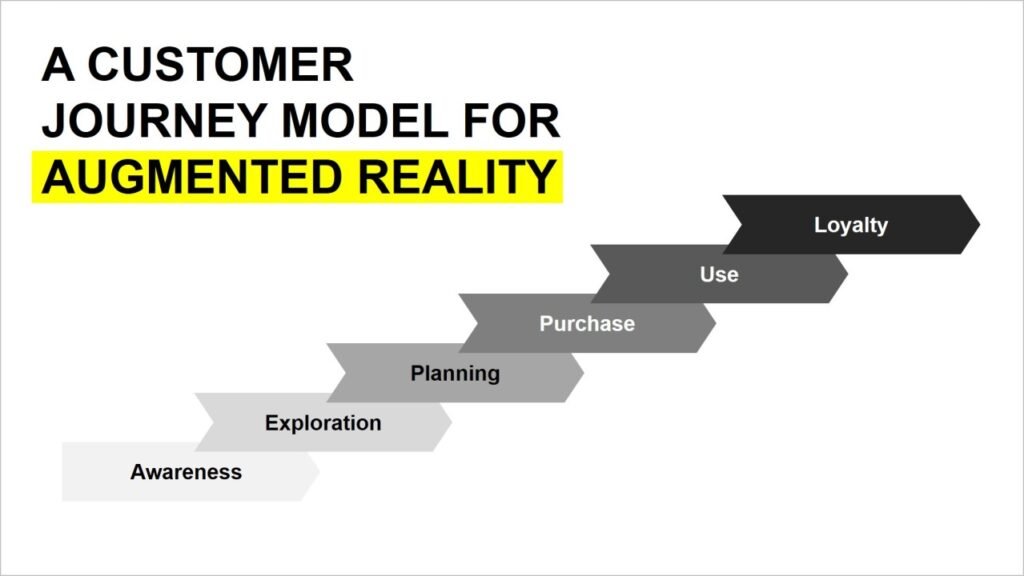
Steps to Implement AR and VR in Your Marketing Strategy
- Start with Pilot Programs: Test AR or VR by launching small-scale pilot programs, such as a limited product preview in AR or a VR demo at a single location. Gather customer feedback to refine and enhance these experiences.
- Select the Right Platform: Choose a platform based on your budget and needs. Options include:
- Facebook Spark AR: Ideal for social media-based AR experiences.
- Google ARCore: Best for mobile-based AR applications.
- Unity: Suited for custom VR experiences that require high-quality simulations.
- Develop Compelling Content: Ensure your AR or VR content aligns with your brand’s message and is interactive. Engaging storytelling and interactive features make a lasting impact.
- Train Your Team: AR and VR require specialized knowledge, so train your marketing and support teams to manage these new tools effectively.
- Analyze and Optimize: Track user interactions and gather insights to continually refine your AR/VR experiences. Optimize based on user behavior and feedback to improve engagement and conversion rates.
Table: Comparison of AR and VR Platforms
| Platform | Best For | Cost Range |
|---|---|---|
| Facebook Spark AR | Social media filters | Free, with paid promotions |
| Google ARCore | Mobile AR apps | Varies with app complexity |
| Unity | High-end VR experiences | $400/year (Pro version) |
Measuring the ROI of AR and VR Marketing
To measure the success of AR and VR in marketing, track the following key performance indicators (KPIs):
- Engagement Rate: Evaluate how long users engage with the AR/VR experience and track metrics such as session length and interaction depth.
- Conversion Rate: Assess the percentage of users who make a purchase after engaging with AR/VR tools. This reflects the technology’s effectiveness in influencing buying decisions.
- Return on Investment (ROI): Calculate ROI by comparing the revenue generated from AR/VR campaigns to the cost of technology development and deployment.
- Customer Feedback and Satisfaction: Collect qualitative feedback from users to gauge satisfaction and areas for improvement.
Common Challenges in AR and VR Marketing
- High Initial Investment: AR and VR can require significant investment in technology and content creation. However, starting with smaller pilot projects can make these costs manageable.
- User Accessibility: Not all consumers have access to VR headsets or the latest smartphone technology. Offering mobile-friendly AR experiences can help mitigate this barrier.
- Content Quality: Poor-quality AR or VR experiences can lead to customer frustration. Invest in quality content creation and testing to ensure a seamless experience.
- Privacy and Security: Ensure that user data collected during AR and VR interactions is securely managed to protect customer privacy and comply with regulations.
FAQs on AR and VR Marketing
Disclosure: Our blog contains affiliate links to products. We may receive a commission for purchases made through these links. However, this does not impact our reviews and comparisons. We try our best to keep things fair and balanced, in order to help you make the best choice for you.

